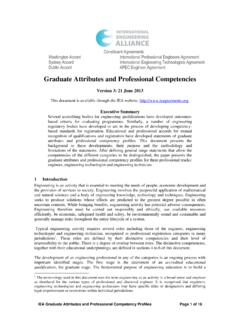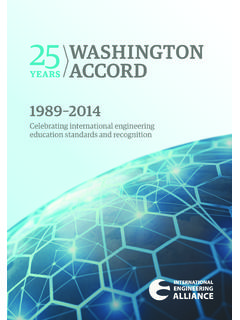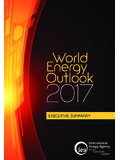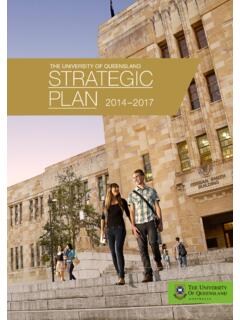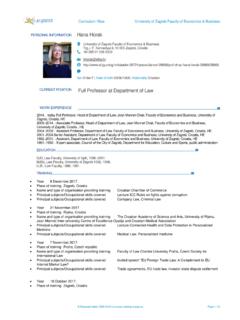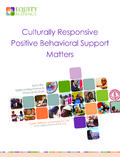Transcription of 1989–2014 - International Engineering Alliance
1 Celebrating International Engineering education standards and recognition1989 2014 Acknowledgements The Chairman and Deputy Chairman of the Washington Accord acknowledge the many contributors whose competence and commitment contributed to the success of the Washington Accord: The founding signatories The signatories and their delegates over the years for their contribution to meetings, forums, workshops and working groups between meetings Our predecessors as Chairman and Deputy Chairman The various Secretariats.
2 Engineers Canada (1993 1997) Engineers Australia (1997 2001) Abet Inc (2001 2007) The IEA Secretariat provided by IPENZ (2007 present) The IEA Governing Group since 2007 Some 60 reviewers who have served on visit teams to assess applications for signatory status and periodic review of signatories Our colleagues in the other IEA constituent agreements. How do we build mutual understanding among nations about the quality of engineers who enter the globally connected workplace?George Peterson, Washington Accord Secretariat, 2001 2007 Neil Caughey325 Years of the Washington AccordContentsForeword _____4 Role of the International Engineering Alliance _____6 Overview _____8A Brief History _____10 Signatories _____12 Graduate Attributes _____14 Perspectives _____18 Other Accords and Agreements _____20 IEA Accord Signatories and Agreement Members _____224 Foreword Basil Wakelin, Chair.
3 IEA Governing Group The Washington Accord is a constituent of the International Engineering Alliance (IEA) which comprises educational accords for professional engineers, Engineering technologists and Engineering technicians plus two professional Engineering and one Engineering technologist competency agreements. The IEA is concerned with Engineering education and competence across the whole spectrum of a founding member and the most senior of the constituents, the Washington Accord has set the foundation and standards for graduate attributes and accreditation of programmes and defines the educational basis for the International Professional Engineers Agreement and APEC Engineers Agreement on competency.
4 The International recognition and portability of both educational qualifications and professional competency is becoming increasingly important in this age of global interdependence but unbalanced global development, which requires movement of Engineering skills around the world. We cannot afford to waste Engineering resources or Engineering education and it is now widely recognised that the Washington Accord has made a considerable impact on improvements in Engineering are indeed grateful for the substantial but largely voluntary contributions of many Washington Accord members to the development and maintenance of the standards and processes to date.
5 However, the future educational challenges are still considerable and will continue to depend on the Engineering profession to maintain the momentum and Years of the Washington AccordProfessor Hu Hanrahan, Chair, Washington AccordFor 25 years the Washington Accord has provided a mechanism for mutual recognition of graduates of accredited programmes among its signatories. This period has seen significant change in the world of Engineering work in Engineering education. National accreditation systems and the Accord itself have evolved to meet changing needs building on the vision of the original six signatories in 1989.
6 The 1990s saw great debate about Engineering education in many countries, culminating in a remarkable consensus to move from input-focused accreditation criteria to an output-based specification. By 2005 the Washington Accord, then with eight signatories and soon to expand significantly in Asia, had developed its Graduate Attributes, summarised in this brochure. These provide an exemplar of an outcomes-based specification for programmes that provide the educational base for professional engineers.
7 The outcomes approach affords education providers freedom in the design of programmes. Best practice in accreditation has been captured in the Accord Rules and Procedures. The Washington Accord, and the associated Sydney and Dublin Accords, are committed to providing the benchmarks for graduates and accreditation practice as globalisation intensifies. The ongoing development and operation of the Washington Accord rely critically on the signatories delegates who participate in meetings and working groups as well as the reviewers who make up the teams that evaluate applicants for signatory status and conduct periodic monitoring of signatories.
8 Their valuable contribution is greatly appreciated. 6 Role of the International Engineering AllianceThe International Engineering Alliance (IEA) is an umbrella organisation for six multi-lateral agreements which establish and enforce amongst their members inter-nationally-benchmarked standards for Engineering education and what is termed entry level competence to practise Engineering . The Alliance , which currently has lead Engineering organisations from 23 nations as members (including five G8 and 11 G20 nations), is expanding steadily with China being the latest to apply.
9 The IEA s vision is to:Improve the global quality, productivity and mobility of engineers by being an accepted independent authority on best practice in standards, assessment and monitoring of Engineering education and professional Washington Accord sits under the IEA alongside the Sydney and Dublin engineers are developed with an accord-recognised degree or equivalent, through experience after graduation to develop both professional and personal maturity, and by meeting an agreed competence typically measured by evaluation against 13 IEA s core activities.
10 Consistent improvement of standards and mobility Defining standards of education and professional competence Assessment of education accreditation and evaluation of competence Participation in activities that are driven from the Engineering first and subsequent meetings were characterised by a visionary attitude and mutual Finbar Callanan,Former Director General, The Institution of Engineers of IrelandVirandra Babu8 Overview The development of a professional engineer to the level required for independent practice or licensure/registration has two stages.
